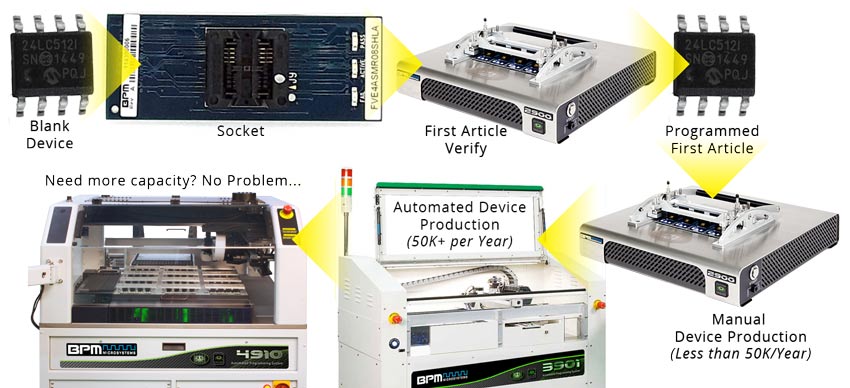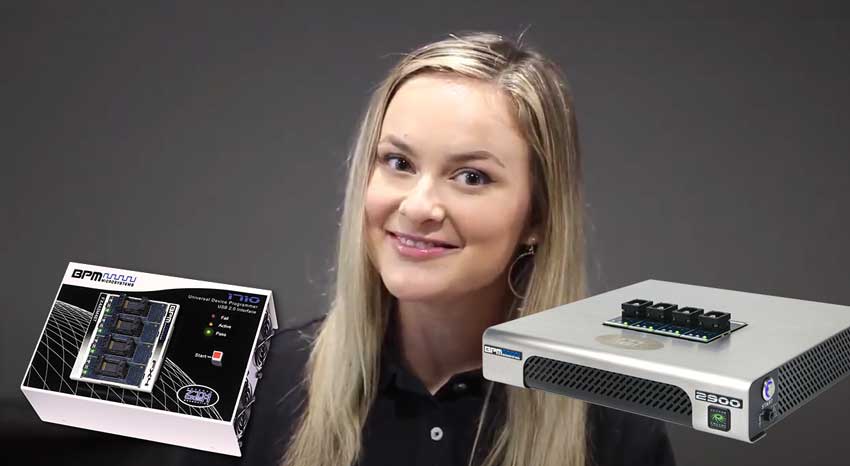In the case study “What is the Best Way to Get Devices Programmed,” BPM Microsystems explored six main ways to get your data on devices. The answer is “Depends.” The short answer is there is no one way that is always better than another. This case study explores two of those six methods: Inline SMT programming and Off-line programming.
A small segment of electronic manufacturing services (EMS) and Original Equipment Manufacturers (OEMs) can use inline programming solutions effectively and economically, compared to off-line programming. A lack of flexibility, high cost, and the specter of obsolescence should raise questions about the long-term viability of Inline programming.
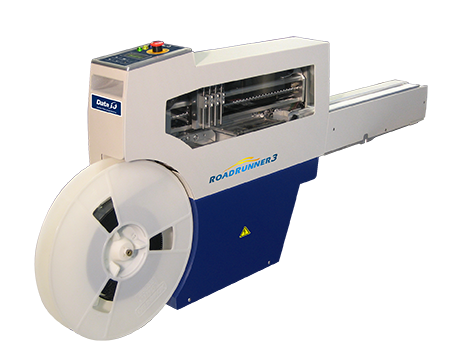
RoadRunner Inline Programmer from Data I/O
Inline SMT Programming
Inline SMT programming is a solution to consider for narrow segments of device programming requiring short programming times, with medium to high volume, for just one device type. Back in the day, that’s what programmed some of the most popular cell phones, when on-board memory sizes were Mbits compared to today’s designs with Gbit memory sizes. Benefits of inline programming include just-in-time programming (which has its own problems lately; see article here), simplified inventory management, and lean manufacturing. If that sounds like your process, and that process won’t change in the next five years, inline programming should be considered (or possibly programming at test, but that’s for a future article).
RoadRunner is an inline SMT programming solution from Data I/O; it has been on the market since the early 2000s. Data I/O advertise the RoadRunner as “The world’s only just-in-time inline programming system.” There are other inline programmers as well; for the most part, they are sophisticated, albeit expensive, home-grown solutions.
 When programming times are in excess of the beat rate (beat rate is the total throughput per time on an SMT line) of the SMT line, inline SMT programming becomes less attractive because the programmer is not providing enough parts to keep up with the line speed. In short, programming becomes the line bottleneck. As data density, device complexity, and the number of devices continue to increase, the need to reduce the cost of programming will be amplified like never before. Inline programming becomes less cost-effective and less time-effective as programming time increases because multiple units may be required to keep pace with the line beat rate.
When programming times are in excess of the beat rate (beat rate is the total throughput per time on an SMT line) of the SMT line, inline SMT programming becomes less attractive because the programmer is not providing enough parts to keep up with the line speed. In short, programming becomes the line bottleneck. As data density, device complexity, and the number of devices continue to increase, the need to reduce the cost of programming will be amplified like never before. Inline programming becomes less cost-effective and less time-effective as programming time increases because multiple units may be required to keep pace with the line beat rate.
Inline is Wide
Inline solutions attach at the tape feeder table, and are large, compared to standard tape feeders, taking up to 6 (or more) feeder positions on the placement machine. Depending on the complexity and mix of devices delivered on the tape reel, there may not be spare “real estate” for the inline programmer. It’s important to verify there’s room before committing to an inline solution.
Multiple inline programmers may be required per machine if the programming time is longer than a single system can keep up with, or if multiple programmed devices are needed. That has a double cost: less available tape space, and the expense of additional inline programmers. The problem is obvious. The potential requirement to add another placement machine makes device programming inline a very expensive process.
Socket Capacity
RoadRunner utilizes sockets to program devices. Sockets are the electro-mechanical interface that uploads the signal from the computer to program a device. A small robotic arm moves the blank device to an awaiting socket and then returns the freshly programmed device to the tape, which feeds directly to the SMT pick and place machine. Sockets are “consumables” and require cleaning, maintenance, and replacement when their lifecycle is complete. Normally, the lifecycle can be managed between shifts, but what happens when a socket fails? Your expensive SMT will have to idle until the socket is replaced. BPM Automated systems have built-in fault tolerance; if a socket fails, the system simply bypasses that socket until it can be replaced. This may only cause a slight reduction in throughput, rather than shutting down the SMT line.
Backups
Inline programmers require redundant back-ups because of the high cost of line-down events on the SMT line. What happens if the backup inline programmers go down as well? Regardless, backup inline programmers are an additional expense, but beware if you get talked into buying only one.
Depending on the number of SMT lines at your facility, each placement machine will require its own set. This can begin to add up quickly, especially if you factor in backups. What’s more, if you have different SMT equipment, you probably can’t share a RoadRunner made for different machine brands: for example, a RoadRunner designed for a Fuji SMT most likely won’t operate on a Juki machine.
Expensive
Inline SMT programming solutions tend to run on the pricey side, especially when backup systems are factored in. If the SMT line is idle, the inline programmer is idle as well. If expensed using a standard five-year depreciation, there’s no guarantee that an inline programmer will not be sitting on a shelf while it’s still being “paid” for (perhaps by no fault of its own, but because of changes in programmables or a loss of a particular project). Today, product life cycles are shorter than ever before. Consider the financial model before investing in inline programming.
Crystal Ball
Unless you can see into the future, it’s difficult to know what your SMT line will look like in a year, let alone five. What happens if your project changes or design modifications necessitate different programmables? RoadRunner, for example, is offered in a range of sizes; if a larger device is spec’d, you may need a new RoadRunner, while the “old” programmer collects dust on a shelf. More likely, more data is required on the device, which will slow the entire line, unless more inline programmers are purchased.
Off-line Programming
Off-line programming, like the name implies, is a separate process where blank chips are programmed on high-speed robotic systems and placed into output media, usually tape. Off-line machines are best suited for medium to high volume, high mix (many different types of devices); they have more capacity and greater flexibility. They can change quickly to adapt to new projects and will not become obsolete when a project changes. For instance, BPM Microsystems Automated Programmers have almost no size or type limitation for devices; they can handle CSP devices as small as 0.5 x 1.0 mm, or QFP devices up to 34 x 34mm.
Flexible
The flexibility comes from the sockets. Depending on the device, up to 4 sockets can be installed on each site. Therefore, it’s possible to program thousands of devices per hour (depending on the complexity of programming specifications and peripheral operations, such as laser marking). The same socket used to create the first article is also used for production.
Same Process
It’s worth mentioning that off-line programming utilizes the exact same process used on placement machines: reels of components and devices are loaded by an operator. Reels of programmed devices take up less space on the placement machine (1 or 2 slots) than an inline programmer (6 or more). What’s more, inline programming systems require fresh reels of blank devices periodically, requiring a pause while the operator feeds in a new tape. Devices programmed off-line can be set up with two (or more) locations the SMT machine can use; as the tape reel runs out, it shifts over to a fresh reel while the operator replaces the empty reel with a new one.
Scalable
Off-line programming systems are scalable. As needs change, you can add sockets, sites, shifts, or even additional systems. BPM systems make adding additional shifts simple. Set-ups and operations do not require a highly experienced technician. BPM systems are designed to run three shifts with over 85% utilization rate. One off-line Automated Programming System can support multiple SMT lines.
High Mix
Inline SMT programming systems, such as RoadRunner, are not made for high-mix programming. Each system is dedicated to a particular device; depending on the device, you may need a whole new RoadRunner. BPM Automated systems can switch jobs in typically 15 minutes or less; they are up and running while comparable systems require two to three times more time to set up. That means BPM systems are producing while other systems are still being set up. Over the course of a year, this can equal hundreds of additional hours of productivity, even in one-shift shops.
Small Footprint
Automated programming systems are surprisingly compact when you consider their capabilities. BPM’s latest system, the 3928, is 162 x 96cm (tape in/out takes up a little more room) and is capable of programming 28 devices simultaneously. It uses standard factory power; the only additional requirement is compressed air. Typically, the system can be installed on the same floor as the SMT line. Machines are installed and operational within five working days.
Conclusion
| |
Inline SMT Programming |
Off-line Programming |
| Number of tape slots on SMT machine |
Up to 6 for each device |
1-2 (depends on device/tape width) |
| Number of programmers |
1 for each device (plus backup) |
1
(can supply several SMT lines) |
| High volume programming |
Yes |
Yes |
| High mix |
No |
Yes |
| Universal |
No |
Yes |
| Require advanced operator |
No |
No |
| Scalable |
Limited/ Expensive* |
Yes |
| Need backup systems |
Yes |
No (spare site recommend) |
*Inline is scalable but the cost is double to go from 1 to 2. Offline has an incremental cost much less than inline
Inline SMT programming is a solution to consider for high volume, low mix programming with very short programming times. It lacks the flexibility available from off-line programming systems. With advances in complex programming, especially for automotive applications, inline may be a good fit now, but will that still be true a year from now? For a growing number of companies and applications, off-line programming may be a future-proof investment that generates positive ROI in weeks, not years (see ROI article).
For more information about BPM’s Automated Programming Systems or to speak to one of our experts about your particular requirements, please call +1 (713) 688-4600 or toll-free in the US or Canada (855) SELL BPM.
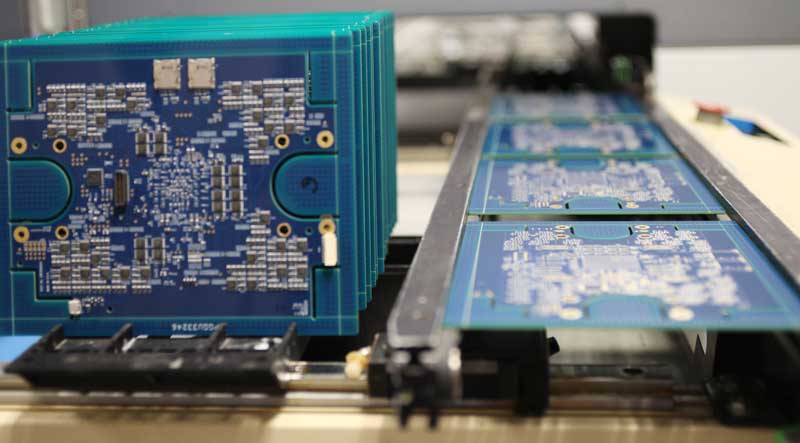
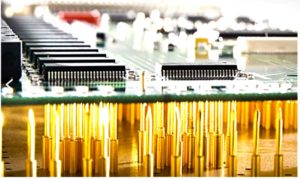
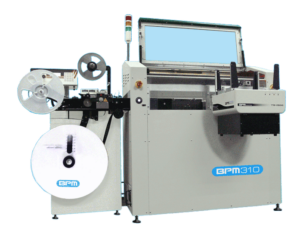 Automated Offline Programming
Automated Offline Programming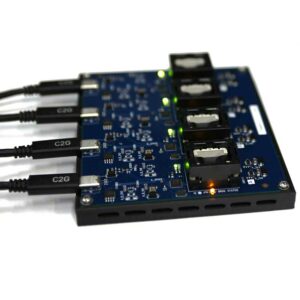 Device programming kits are tools used to program individual semiconductor devices. This programming method allows for individual device programming and prototyping. However, development kits can be slower than other methods and require manual device handling, which can be time-consuming and error-prone. If a prototype goes into full production, other methods should be explored, which will require first article proofing for the production programmer.
Device programming kits are tools used to program individual semiconductor devices. This programming method allows for individual device programming and prototyping. However, development kits can be slower than other methods and require manual device handling, which can be time-consuming and error-prone. If a prototype goes into full production, other methods should be explored, which will require first article proofing for the production programmer.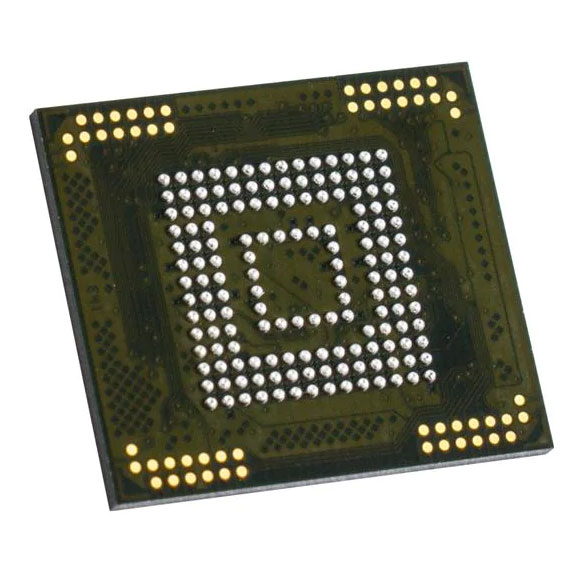
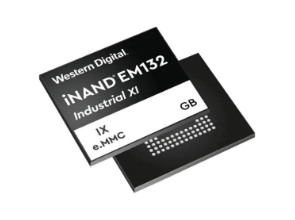 Device Parameters
Device Parameters 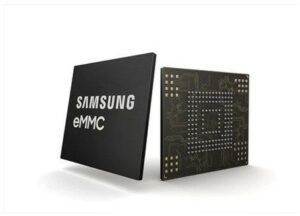 Device Parameters
Device Parameters 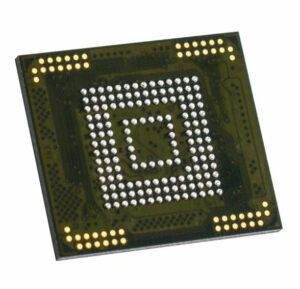 Device Parameters
Device Parameters 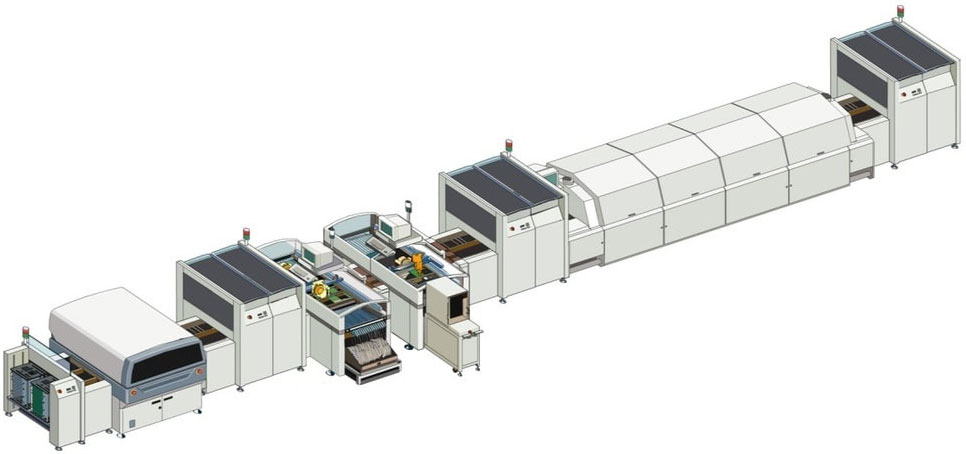

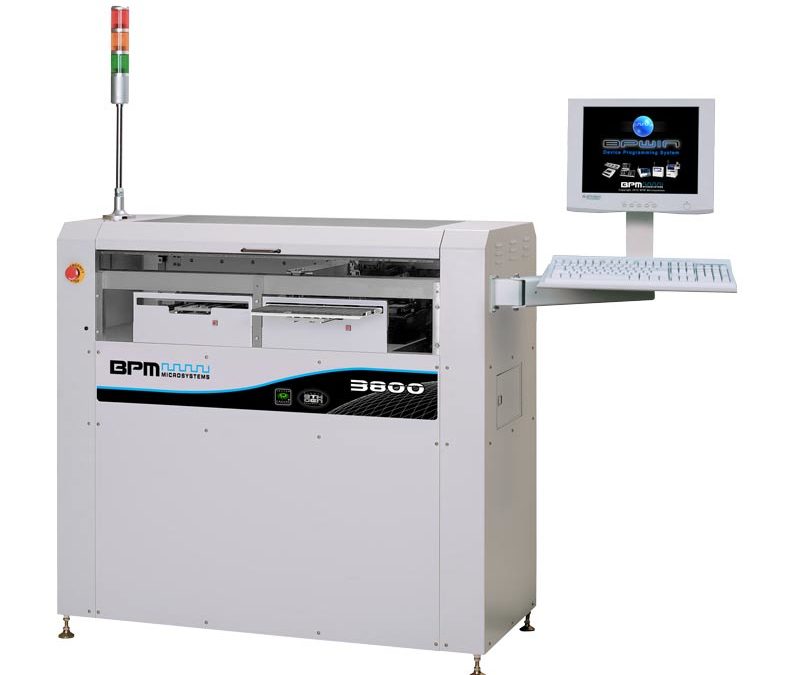
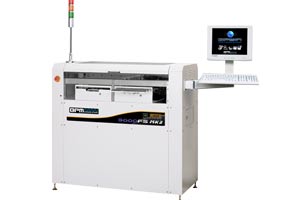

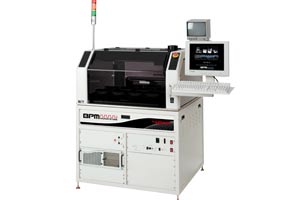
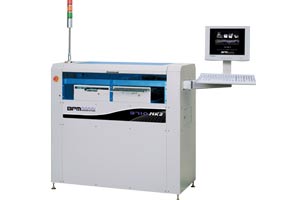
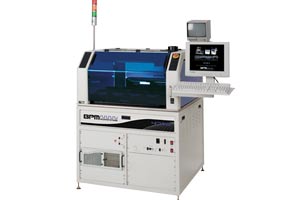
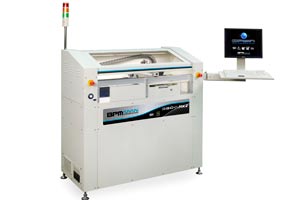

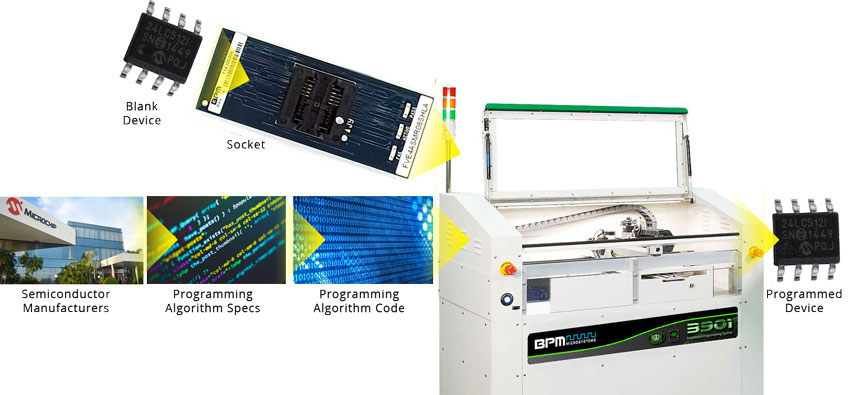
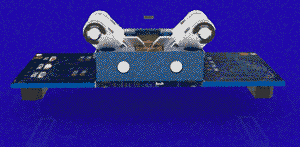 Sockets
Sockets